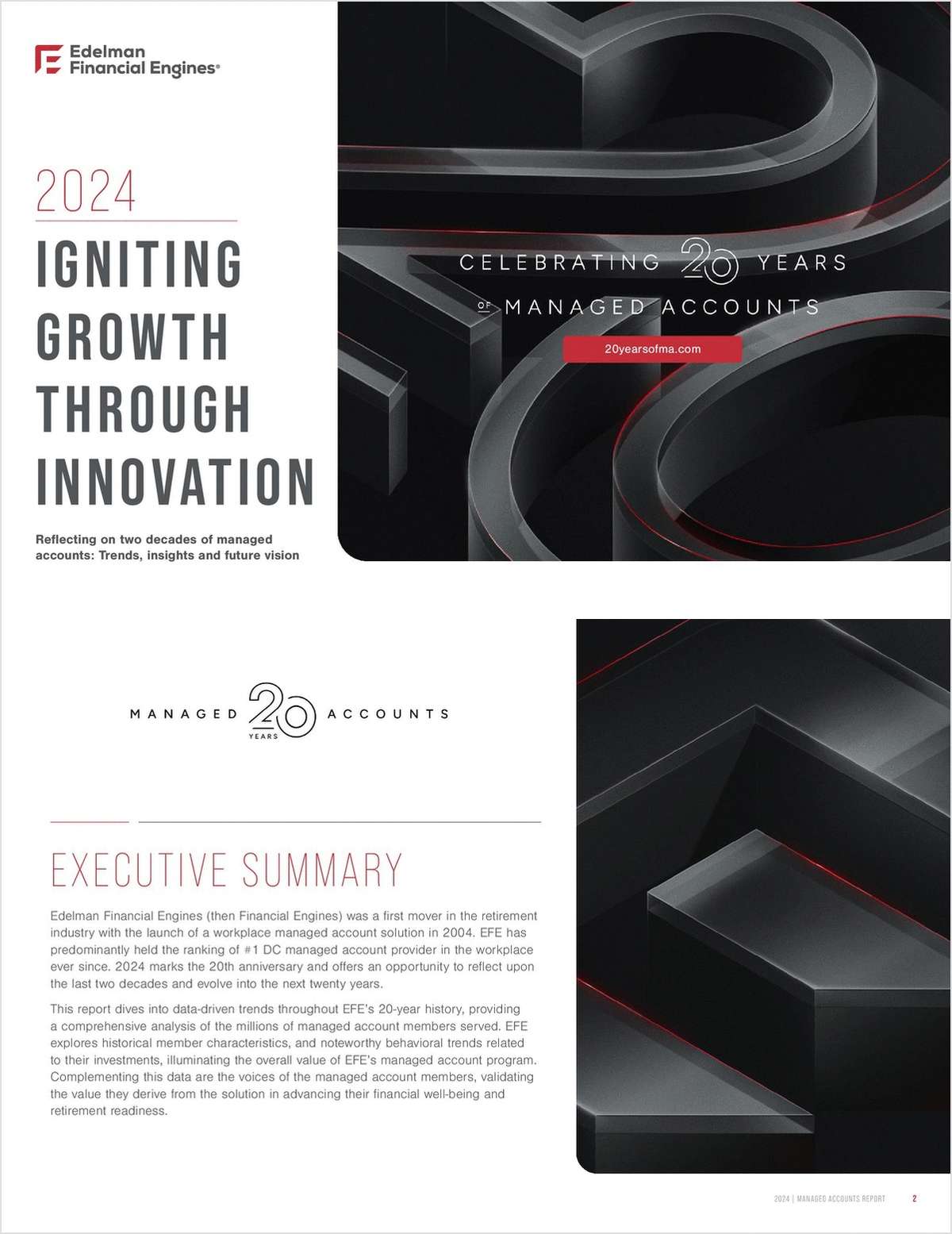Though federal data points to a bleak employment market, a work force consulting firm says hiring has actually remained stable in the past months.
Milwaukee-based ManpowerGroup says statistics should be revised from the zero growth rate in August to instead reflect a gain of 57,000 jobs, with the temporary staffing industry creating 53,000 jobs over the last three months.
"The world is reacting in a hyperbolic manner to the unverified saw-toothing in the employment numbers," says Jeffrey A. Joerres, ManpowerGroup chairman and CEO. "When you look at the revised jobs numbers over the past three months, hiring activity paints a steady picture – which is exactly what you'd expect to see in a slow and tepid recovery and is completely aligned with ManpowerGroup's forward-looking hiring confidence index and what more than 65,000 employers tell us they are seeing in their business: 'It's not great, but it's going OK.'
Continue Reading for Free
Register and gain access to:
- Breaking benefits news and analysis, on-site and via our newsletters and custom alerts
- Educational webcasts, white papers, and ebooks from industry thought leaders
- Critical converage of the property casualty insurance and financial advisory markets on our other ALM sites, PropertyCasualty360 and ThinkAdvisor
Already have an account? Sign In Now
© 2024 ALM Global, LLC, All Rights Reserved. Request academic re-use from www.copyright.com. All other uses, submit a request to [email protected]. For more information visit Asset & Logo Licensing.








